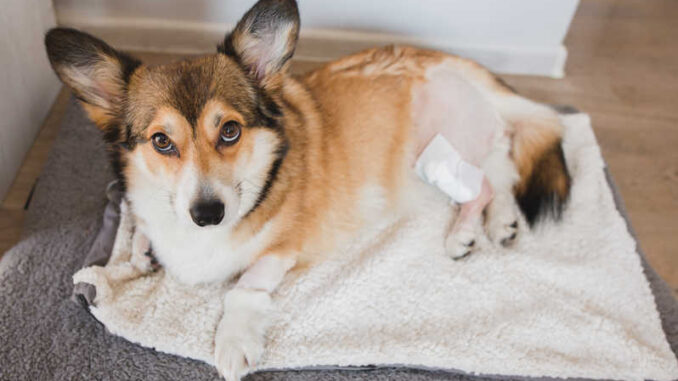
This article was updated on May 21st, 2024

While we veterinarians are responsible for successful surgeries, it is then left to the dog owner to ensure recovery is going smoothly. A big part of this is making sure your pet’s incision is healing without complication. One complication we always educate dog owners on is recognizing incisional infections.
In this article, our veterinarian team curated pictures to show examples of healthy and infected incisions. In case of any doubt, make sure you take a picture and send it to your veterinarian.
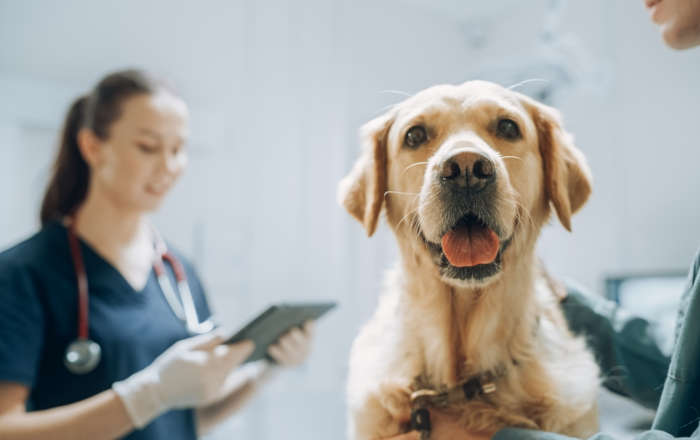
1. What a normal incision looks like in dogs [with pictures]
Before we delve into what unhealthy incisions look like in dogs, let’s explore what a normal incision should look like.
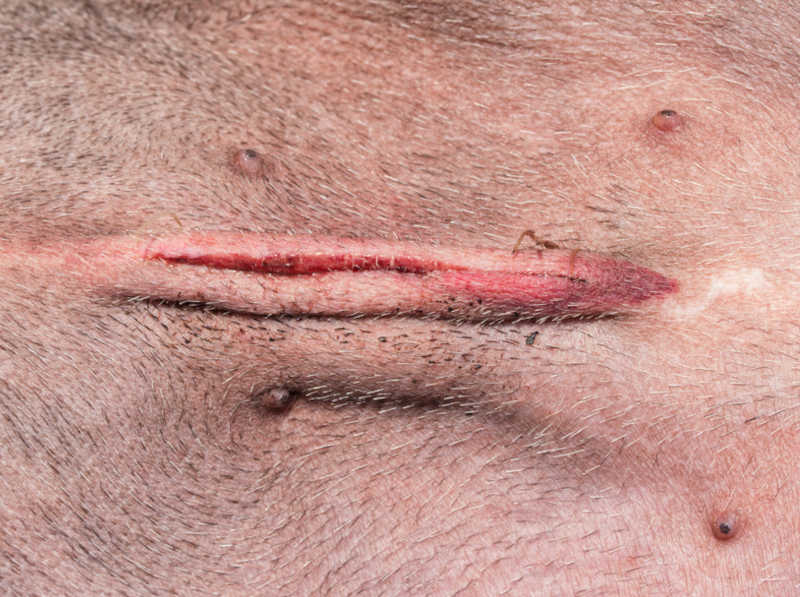
This is an incision with suture material under the skin that will absorb:
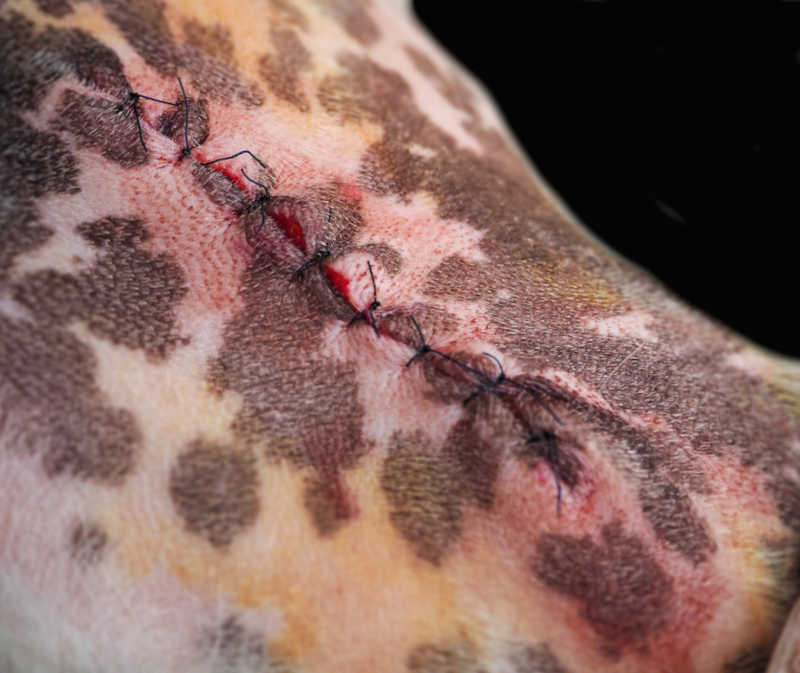
This is an immediate postoperative photo. You can see the skin is mildly swollen, which is normal. The brown on the skin is iodine:
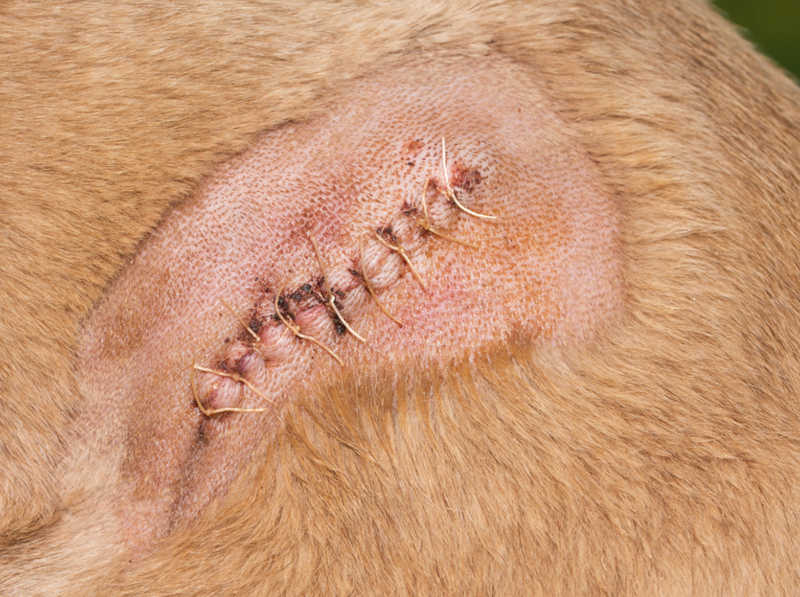
The picture below shows a healing incision. There is a small amount of scabbing present, which is very normal:
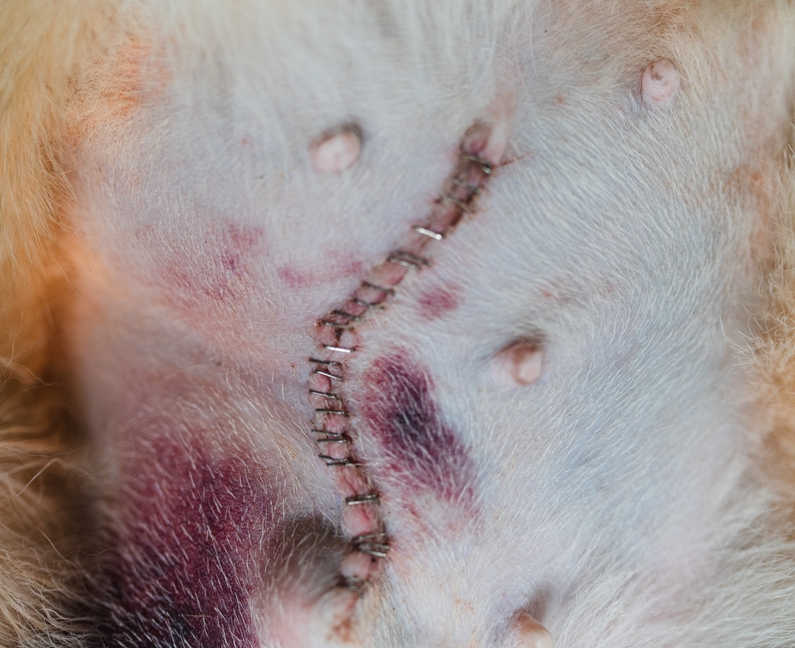
Is my dog’s incision infected?
Diligent owners are monitoring their dog’s incision closely to make sure an infection is not developing. We can often become tricked into thinking an infection is present when the changes are just normal post-operative healing:
- A small amount of bloody or pink-tinged discharge is normal after surgery.
- You may see scabbing or crusting develop, which is how the body heals wounds in a normal fashion.
- Swelling is expected but is usually mild. The same applies to bruising. Many owners get worried by the amount of bruising they notice 2-3 days after surgery. This is normal if it is not excessive or progressive. This amount of bruising is very normal after surgery:
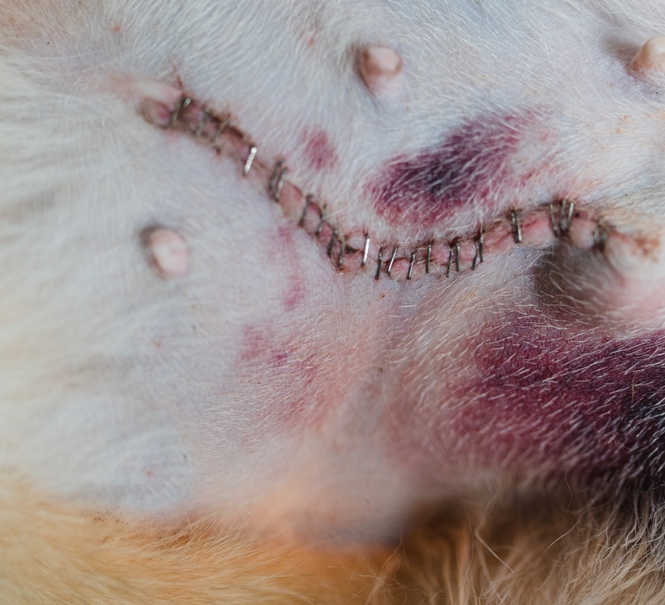
Sometimes swelling or fluid buildup can develop, which is concerning for infection. Dogs that are too active after surgery can develop a seroma. This is an accumulation of fluid under the skin after surgery. It is not harmful, and most of the fluid will become absorbed by the body without intervention.
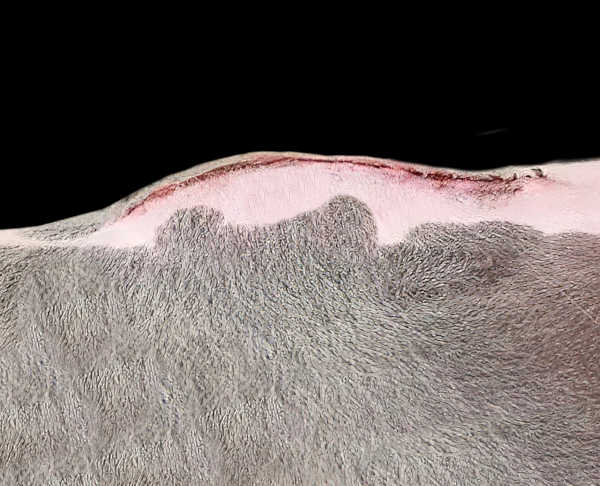
2. What an incision infection looks like [with pictures]
Infections can occur for a variety of reasons, but they are most often caused by dogs licking or chewing at the surgical site. Licking the surgical site traumatizes the skin and introduces oral bacteria into the wound.
In the picture below, you can see the difference between inflamed skin and normal healing areas. The skin is reddened and angry caused by licking. The sutures were also chewed out, which could put this dog at risk for dehiscence or breakdown of the surgical site.
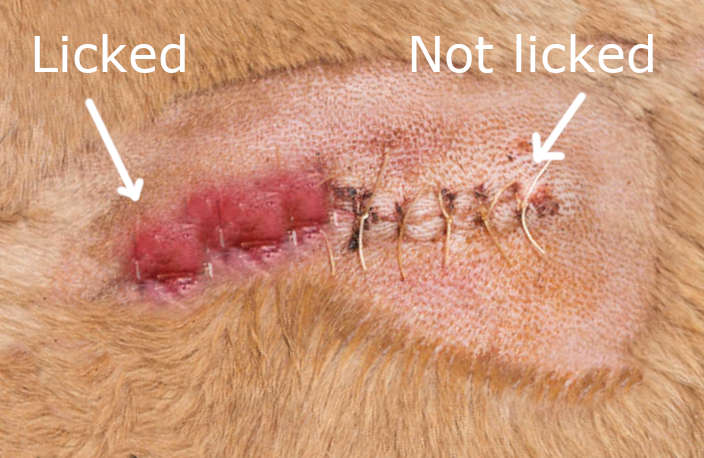
This dog’s abdominal wound is very inflamed. It has been closed with staples that are becoming embedded due to the swelling of the skin:
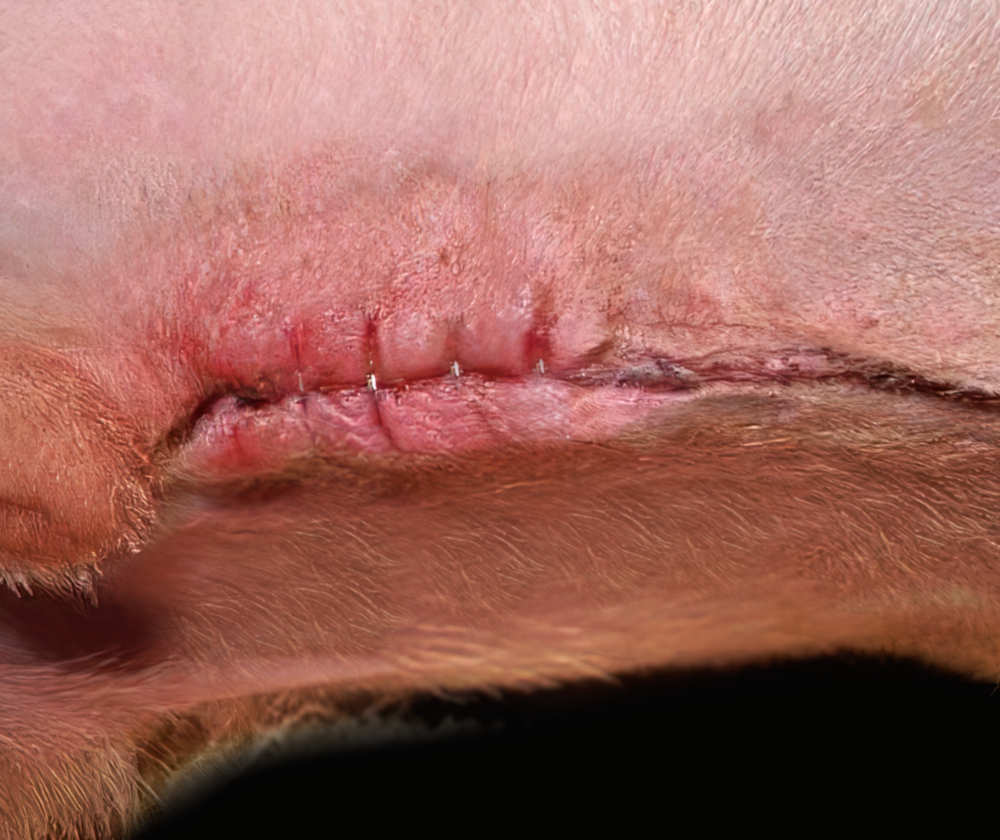
This dog’s incision is very clearly infected. There is tan to green discharge and swelling around the middle. The incision appears to be breaking down:
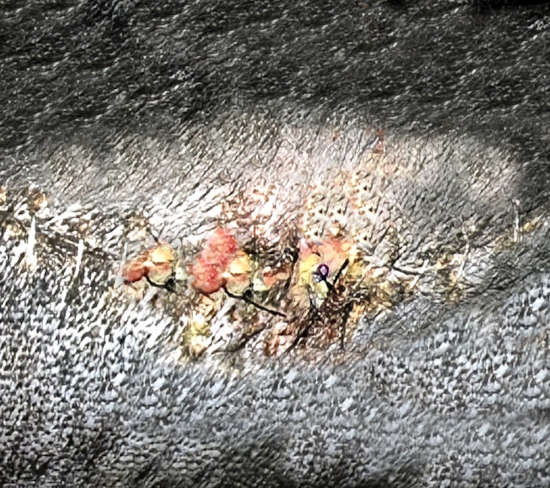
This is a picture of a spay incision site that has become infected. It is very inflamed and has discharge:

Below is a photo of a severely infected neuter site. There is significant swelling, discharge, and necrosis of the surrounding tissue:
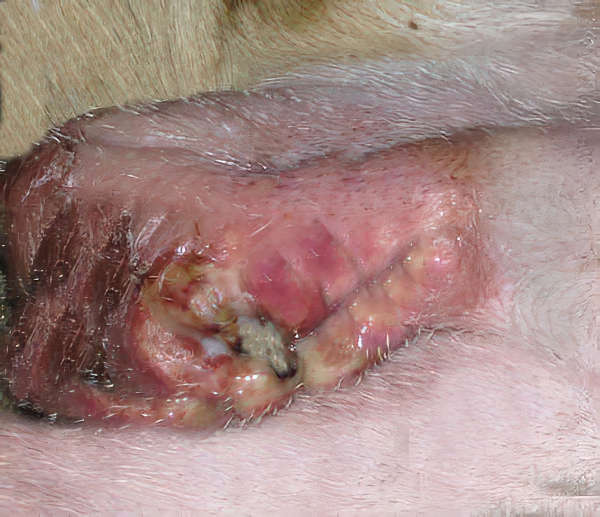
Related articles: Spay Incision Infections and Neuter Incision Infections.
Other examples of wound infections – with pictures
Any surgical site can become infected. Orthopedic surgeries are sometimes at a greater risk. This is due to the nature of how the injury happened (contaminated vs not) and if surgical implants are needed. Though surgical-grade implants are very safe, they also create a nidus for bacteria.
This is a picture showing an infection after neutering surgery:
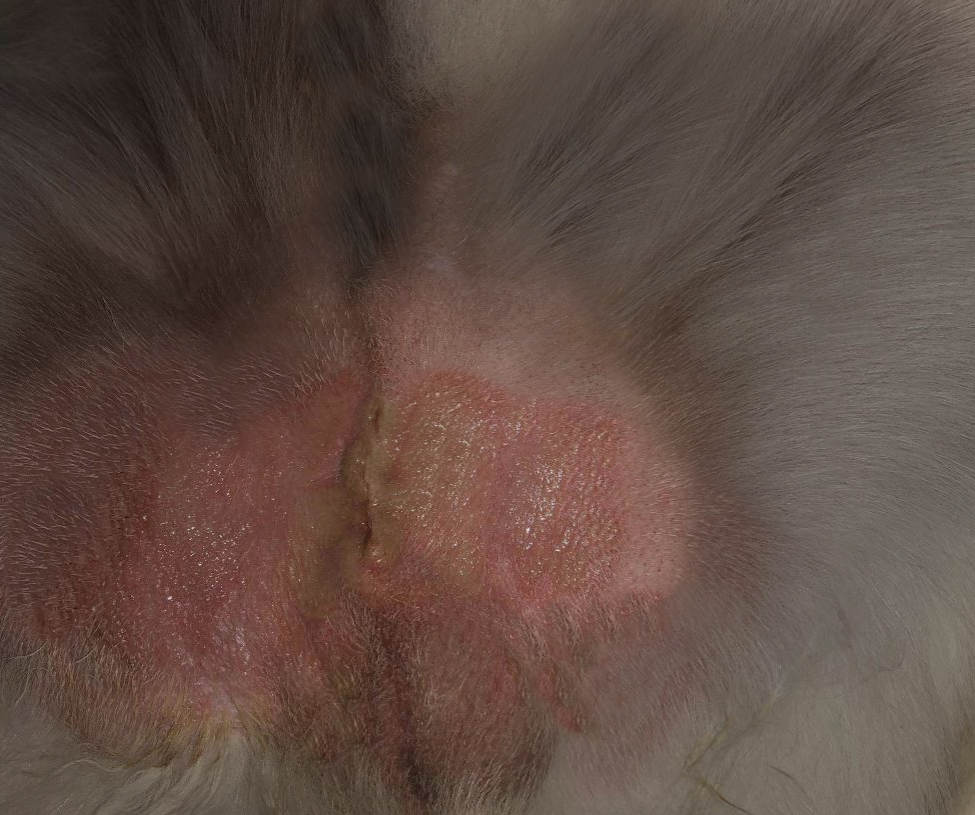
This is a photo of a dog who had orthopedic surgery whose incision dehisced and became infected. Contaminated wounds, such as those secondary to trauma or bite wounds, are at greater risk of infection:
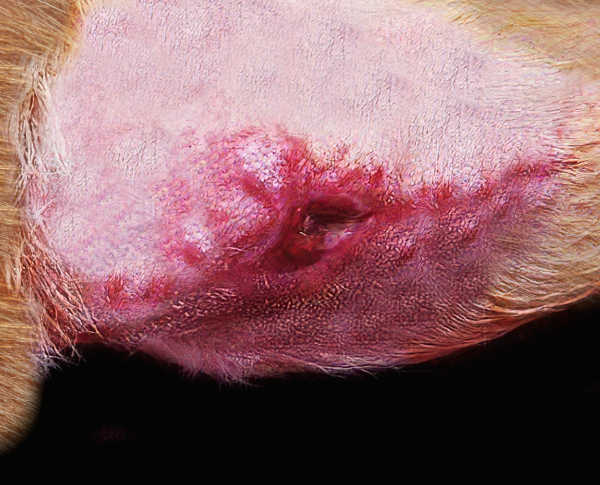
How to recognize an infection: 4 visual characteristics of incision infections
After your dog’s surgery, you will be provided post-operative healing instructions. Your veterinarian will discuss monitoring for infection. These are the most common signs of infection:
1. Swelling
A mild amount of swelling is normal after surgery, but if it becomes excessive or is progressive and not improving, an infection may be brewing.
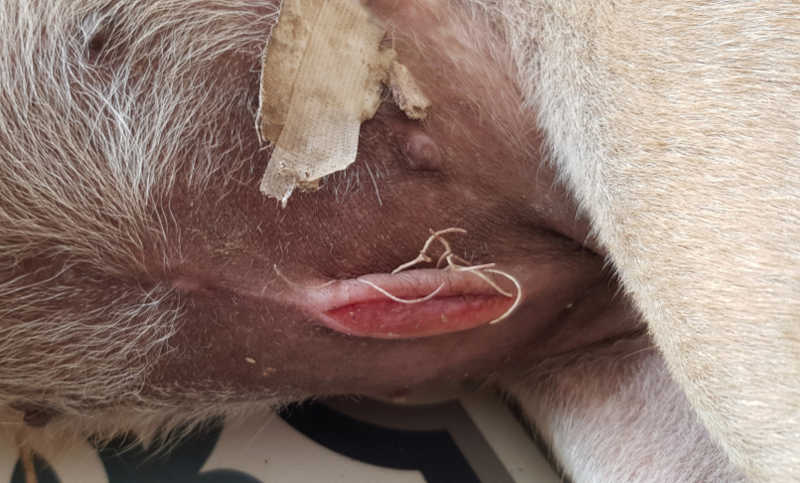
2. Heat and pain
The incision may be hot to the touch and painful if an infection is present.
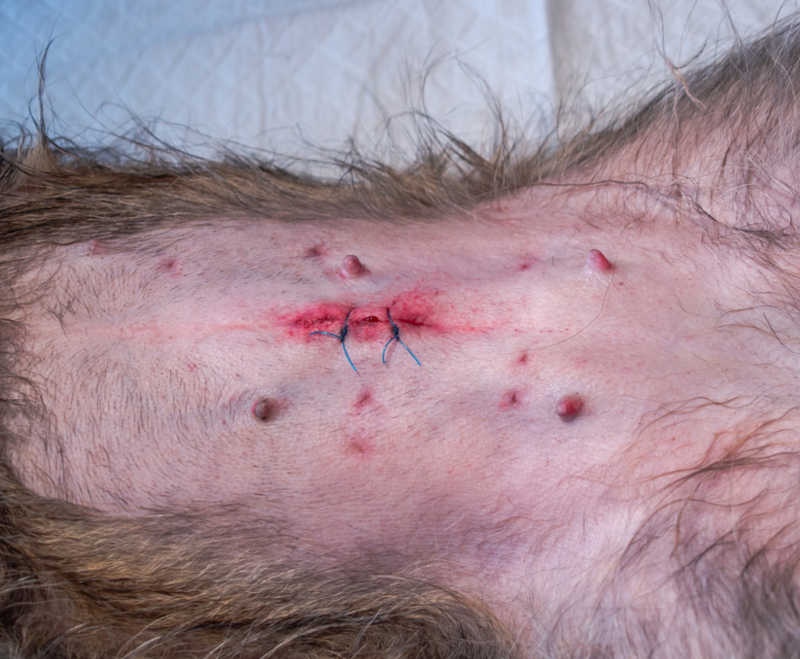
3. Discharge
Tan, green, or yellow discharge is abnormal. An accompanying foul smell is another clue that there is an underlying infection.
4. Wound breakdown
If the wound begins to open or you can see the underlying tissue, an infection is likely to be present, as shown in the picture below. Learn about normal wound healing stages.
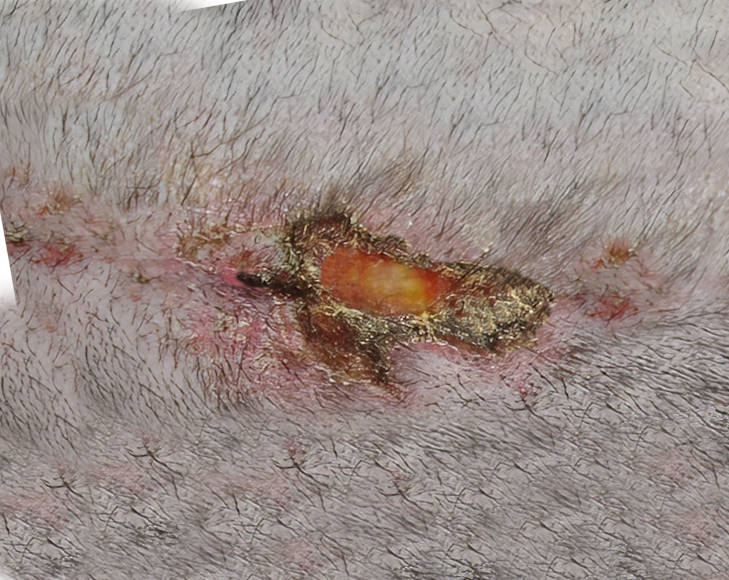
Steps dog owners can take to help PREVENT incision infections
1. Follow your veterinarian’s post-operative instructions
I know your dog’s post-operative instructions may seem exhaustive, but they are crucial for your dog to heal normally. It is now your job to make sure your dog is set up for success. Poor compliance in surgical aftercare is a huge reason why dogs develop incisional infections or other surgical complications.
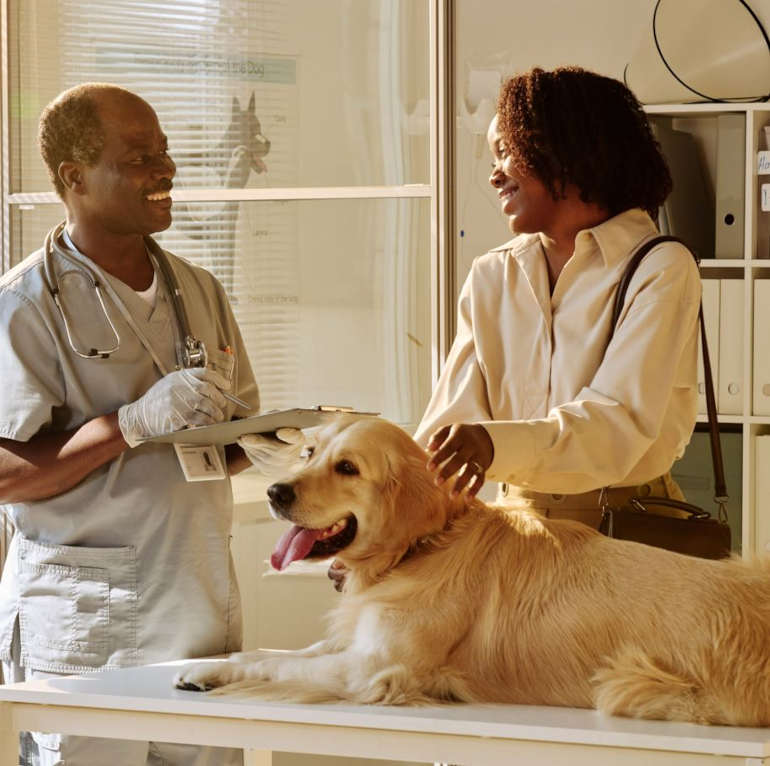
2. Keep an e-collar or cone on your dog at all times
This is a non-negotiable step in wound healing. Dogs MUST wear their cones to prevent licking and chewing. Incisions become itchy as they heal and are sore immediately after surgery. It is a dog’s nature to want to lick or chew these areas. In a blink of an eye, a dog can chew open its incision or introduce bacteria.
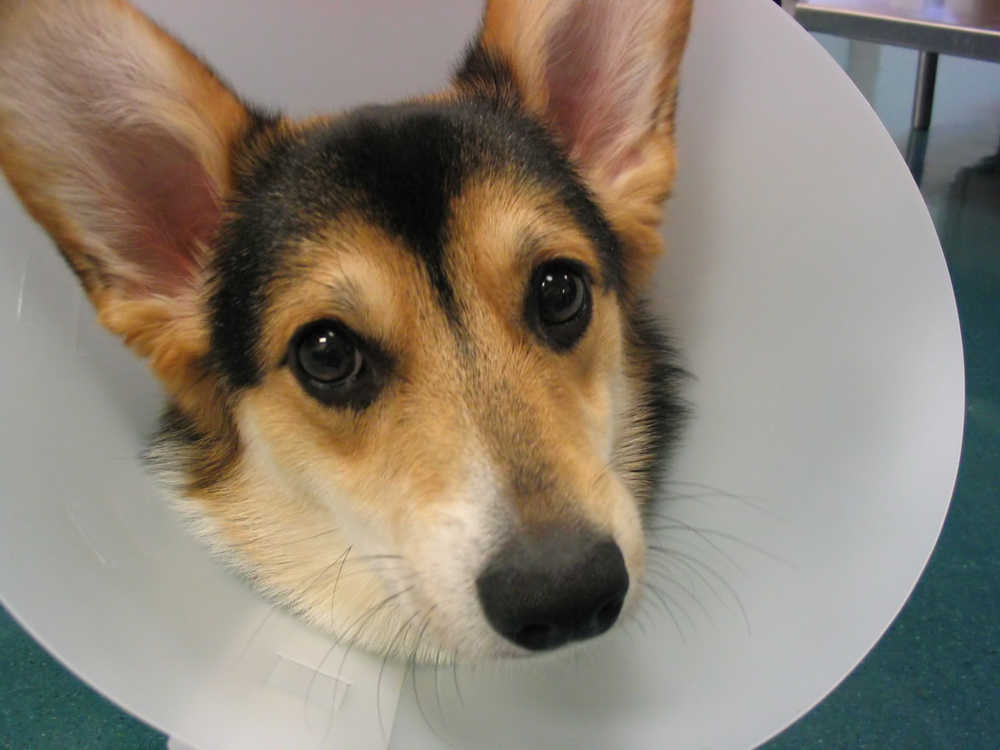
E-collars may only be removed when directly supervised with eyes on your dog at all times. Appropriate times include during feedings or potty breaks, then the cone goes back on. It is important to note that ‘surgery suits’ are not a replacement for a cone. Dogs have sharp teeth that can chew through the fabric to the underlying incision, causing significant trauma.
3. Avoid excessive activity
Your dog should be kept strictly rested for a minimum of 2 weeks or longer (if directed by your veterinarian) to allow the tissue to heal appropriately. Excessive motion or exercise will apply tension to the wound, making healing difficult. Poorly healing wounds are at a greater risk of infection.
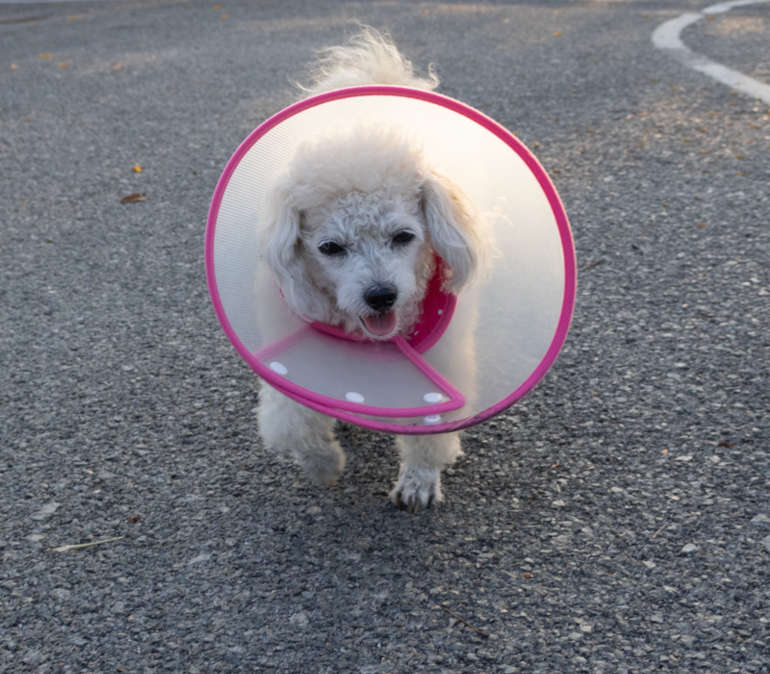
4. Do not allow your dog to lick or chew its wound
The mouth of a dog contains a large variety of bacteria. When introduced to an incision by licking, the bacteria can colonize and cause an infection. Licking also causes trauma to the skin and can delay healing. I have also seen dogs chew through their sutures and open their wounds, requiring emergency surgery to repair the defect. Read our article: Tips to Stop a Dog from Licking Its Wounds.
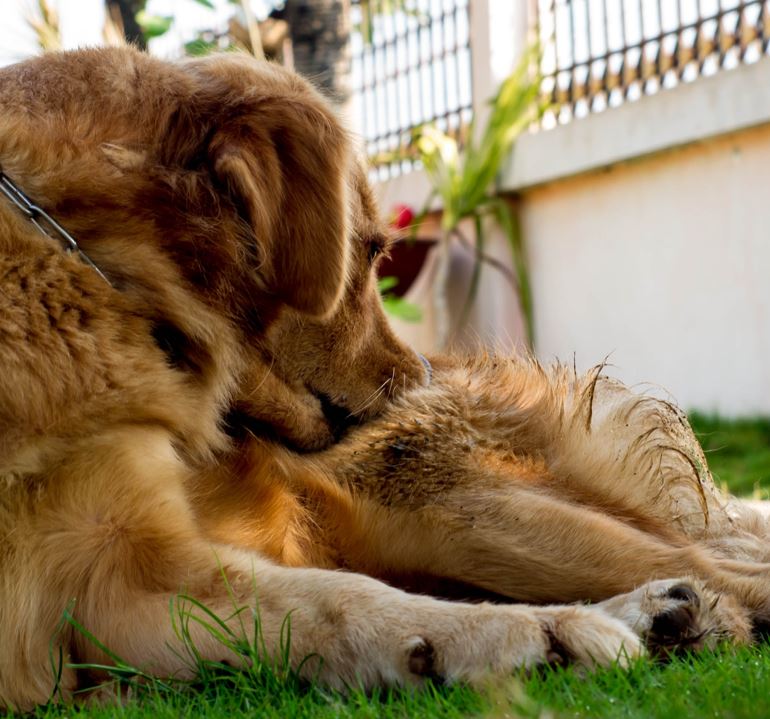
5. Keep the area clean and dry
Dogs should not be bathed for 14 days after surgery and only with the blessing of their veterinarian. The incision should not get wet as this can delay healing. Keep your dog as clean and dry as possible.
Incisions should be covered if your dog goes outside in the rain or snow. If the surgical site does become wet or dirty, lightly dab it clean with a moist, clean paper towel. Then blot with a dry paper towel. Do not scrub.
6. Do not touch the incision
Touching the incision with your fingers can also introduce bacteria, so try to limit contact as much as possible. There is no need to clean the incision or apply ointment. Most incisions will heal without any topical treatment.
Frequently asked questions
What happens to a dog’s skin after the incision?
After surgery, a dog’s skin will heal in a normal wound-healing fashion. The stages of wound healing are described here.
What is the typical post-operative care for a dog?
Typical post-operative care includes strict rest, wearing an e-collar, and close incision monitoring for a minimum of 10-14 days. Dogs may not return to normal activity until the incision is healed and sutures are removed if applicable.
How long does it take for an incision to heal on a dog?
Average healing is 10-14 days. Infected incisions will take a prolonged time to heal as bacterial contamination will prevent normal healing. Many incisions can take several weeks to heal.
How often should I be checking a dog’s incision after surgery?
Owners should evaluate their pet’s incisions at least twice a day to ensure they are healing appropriately.
Related posts:
Disclaimer: This website's content is not a substitute for veterinary care. Always consult with your veterinarian for healthcare decisions. Read More.


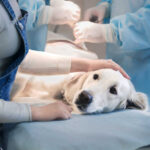
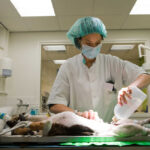
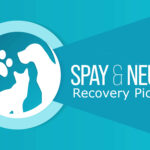
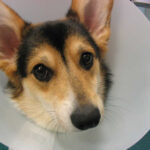
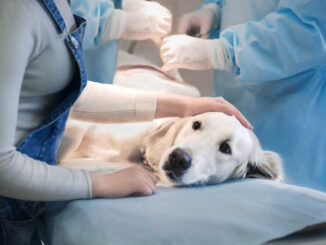
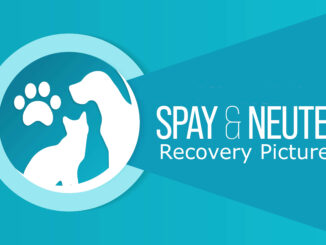
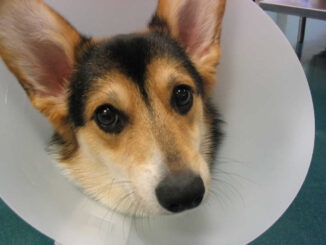
This article has made me much more at ease. My Aussue pup was spayed 4 days ago. All is going well and her incision looks good. It’s been hard to keep her as quiet as she should be. This evening there was a light red watery drainage out of the blue while she was laying down. This article with pics calmed my nerves and helped me look at the situation rationally. Seeing bloody drainage just put me into a panic for a bit. I’m thankful for this article.